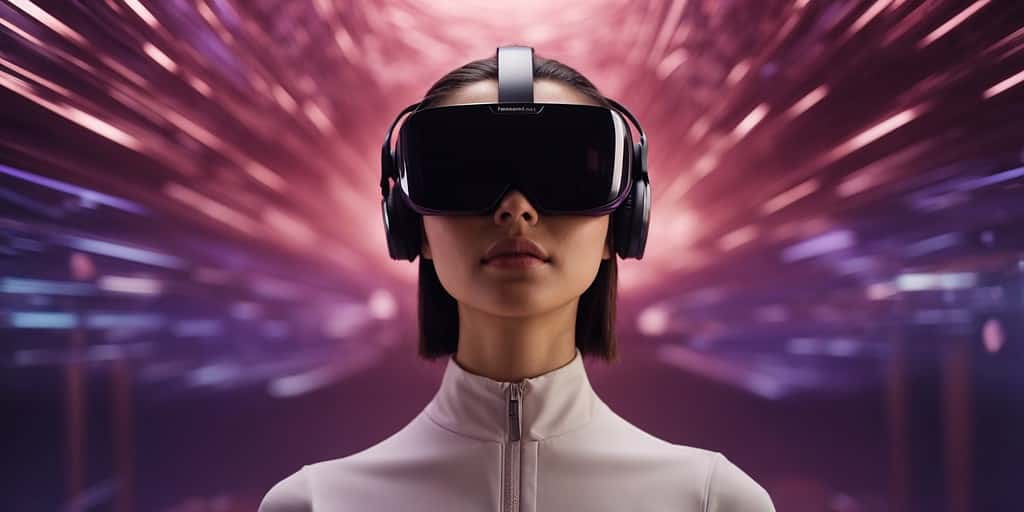

The metaverse, an expansive digital universe, offers immense opportunities for virtual interaction. However, its full potential is currently held back by one major obstacle: the lack of cross-platform compatibility. This challenge stems from the lack of universal standards for metaverse applications, which prevents consistent connections between different virtual environments.
The dream of a seamless metaverse experience depends on interoperability, i.e. the ability to navigate smoothly through different virtual spaces. The lack of standardized protocols or guidelines for metaverse applications results in isolated platforms, each limited to their own ecosystem. This fragmentation hinders the creation of a unified, networked metaverse.
A central facet of interoperability is the management of digital property. In an interoperable metaverse, users could seamlessly transfer their digital assets, such as avatars, clothing and other virtual goods, between different platforms. This aspect is crucial for the user experience and for the development of a coherent digital market within the metaverse.
Today's metaverse landscape is diverse, with platforms developed using different technologies and protocols. This diversity leads to innovation, but also creates barriers to interoperability, making a consistent user experience across all platforms a challenge.
Epic Games is a leading provider of gaming engines and has one of the most popular and powerful toolsets for creating 3D content, the Unreal Engine. The Unreal Engine is used by millions of developers worldwide to create games, movies, TV shows and other immersive experiences.
Epic Games could use its widespread use of Unreal in game development to promote interoperability standards. For example, the company could develop its Unreal Engine so that VR applications based on Unreal are compatible with each other. This would allow developers to publish their content on a variety of platforms, increasing the reach and success of their games and other applications.
Apple is another new major player in the metaverse sector. The company has developed Apple Vision Pro, a new platform for immersive AR and VR experiences. Apple Vision Pro is a powerful platform that enables developers to create highly realistic and interactive metaverse applications.
Apple could set new standards for interoperability. Apple could set new standards for interoperability. The company has already repeatedly established standards within its ecosystem in the past. So why not in the area of the metaverse too?
Global collaboration is required to achieve a unified metaverse. The participation of the major platforms could be key in this endeavor as they lead by example and promote the industry-wide adoption of interoperability standards.
The Chinese government's interest in setting metaverse standards could accelerate the development of regulations and influence the global metaverse ecosystem.
Read more
A fully interoperable metaverse that seamlessly connects different virtual experiences remains a goal that is hindered by the lack of universal standards. The potential role of major companies such as Epic Games, Microsoft, Meta and Apple could be crucial in moving the industry towards this goal. Together with regulatory initiatives such as in China, there is hope for a future where the metaverse is a unified, inclusive digital world.

Are you interested in developing a virtual reality or 360° application? You may still have questions about budget and implementation. Feel free to contact me.
I am looking forward to you
Clarence Dadson CEO Design4real






